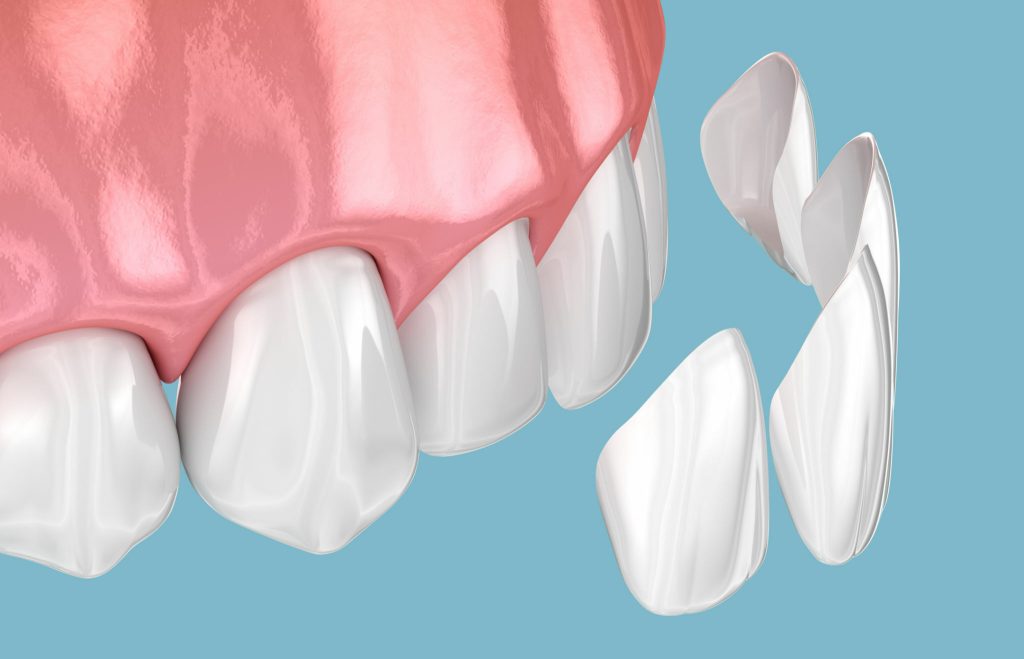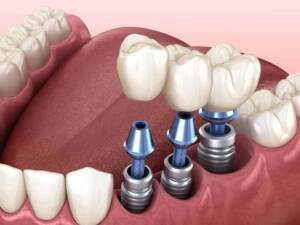Are you looking to achieve a straighter and more appealing smile without the hassle of traditional braces or aligners? Composite bonding might just be the solution you’ve been searching for. In this comprehensive guide, we will delve into the world of composite bonding and explore whether it can effectively straighten teeth. By the end of this article, you’ll have a clear understanding of what composite bonding entails and whether it’s the right choice for achieving a straighter smile.
Understanding Composite Bonding
Composite bonding is a versatile cosmetic dental procedure that is primarily used to enhance the appearance of teeth. While it may not be a substitute for orthodontic treatments like braces or Invisalign, it can address certain minor alignment issues, offering a cosmetic improvement to your smile.
The Basics of Composite Bonding
Composite bonding involves the application of a tooth-colored resin material directly to the surface of your teeth. This resin is malleable and can be shaped and molded by your dentist to improve the appearance of your teeth. It’s an excellent option for correcting:
1. Small Gaps Between Teeth
If you have small gaps or spaces between your teeth, composite bonding can be used to fill in these spaces, giving the illusion of straighter teeth.
2. Minor Tooth Crowding
In cases where your teeth are slightly crowded or overlapping, bonding can help reshape and reposition the teeth to create a more uniform appearance.
3. Irregular Tooth Shape
Composite bonding is also effective in cases where one or more teeth have irregular shapes. The resin material can be applied to achieve a more uniform and pleasing tooth shape.
The Composite Bonding Procedure
Composite bonding is a relatively simple and quick procedure that can often be completed in a single dental visit. Here’s what you can expect during the process:
1. Consultation
You’ll begin with a consultation with your dentist, during which you can discuss your goals and expectations. Your dentist will examine your teeth to determine if composite bonding is a suitable option for your specific needs.
2. Tooth Preparation
In most cases, minimal preparation of your teeth is required. Your dentist may roughen the tooth surface slightly to ensure a strong bond between the resin material and your tooth.
3. Application of Resin
The tooth-colored resin material is then applied to your teeth and carefully shaped to achieve the desired results. Your dentist will use their skill and expertise to ensure that the resin improves the alignment of your teeth.
4. Curing and Polishing
A special light is used to harden the resin material, ensuring it bonds securely to your teeth. Once the resin is cured, your dentist will meticulously polish the bonded teeth to achieve a natural and smooth finish.
5. Final Adjustments
Any final adjustments may be made to ensure your bite is comfortable and that your newly bonded teeth look and feel just right.
Composite Bonding vs. Orthodontic Treatments
While composite bonding can address minor alignment issues, it’s essential to understand that it’s not a substitute for comprehensive orthodontic treatments. Orthodontic options like braces and clear aligners are designed to correct more significant alignment problems and ensure the long-term health and functionality of your teeth.
Composite bonding is an excellent choice for individuals with minor cosmetic concerns who are seeking a quick and cost-effective solution. However, if you have severe misalignment or bite issues, you may need to explore orthodontic options for a more comprehensive solution.
Is Composite Bonding Right for You?
The effectiveness of composite bonding in straightening your teeth depends on the extent of misalignment or irregularities you have. If you have minor cosmetic issues, such as small gaps or slightly crooked teeth, composite bonding can be a suitable choice.
To determine if composite bonding is the right option for you, it’s crucial to consult with a qualified dentist. They will assess your specific case and provide guidance on whether composite bonding can help you achieve a straighter and more aesthetically pleasing smile.
Conclusion
In conclusion, composite bonding can be a viable option for addressing minor alignment issues and improving the appearance of your smile. While it may not replace traditional orthodontic treatments for more significant alignment problems, it offers a quick and cost-effective way to enhance your teeth’s aesthetics. If you’re interested in composite bonding as a solution for straighter teeth, schedule a consultation with your dentist GKDental Hawick NHS Family Dental Practice to explore the possibilities and determine if it’s the right choice for you.





